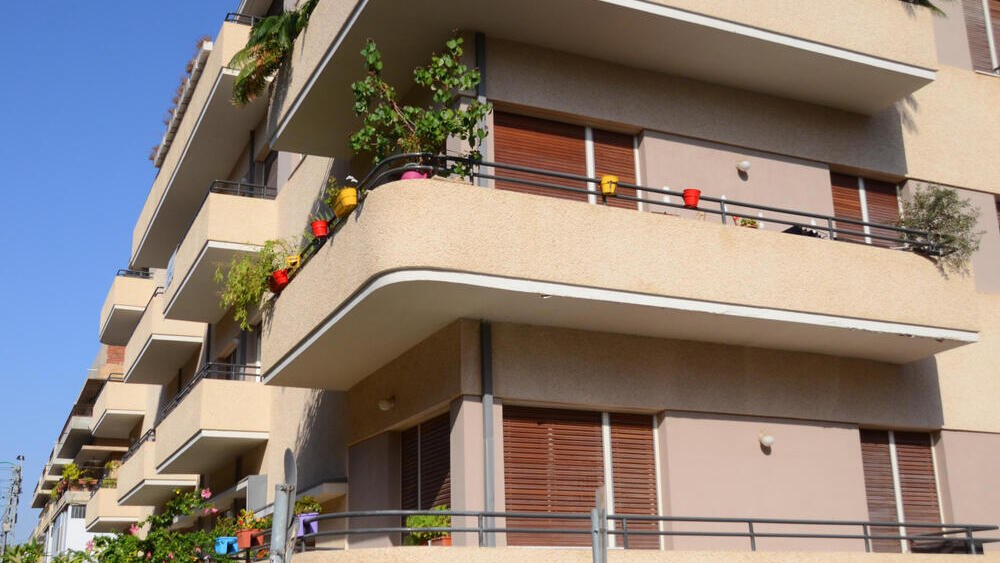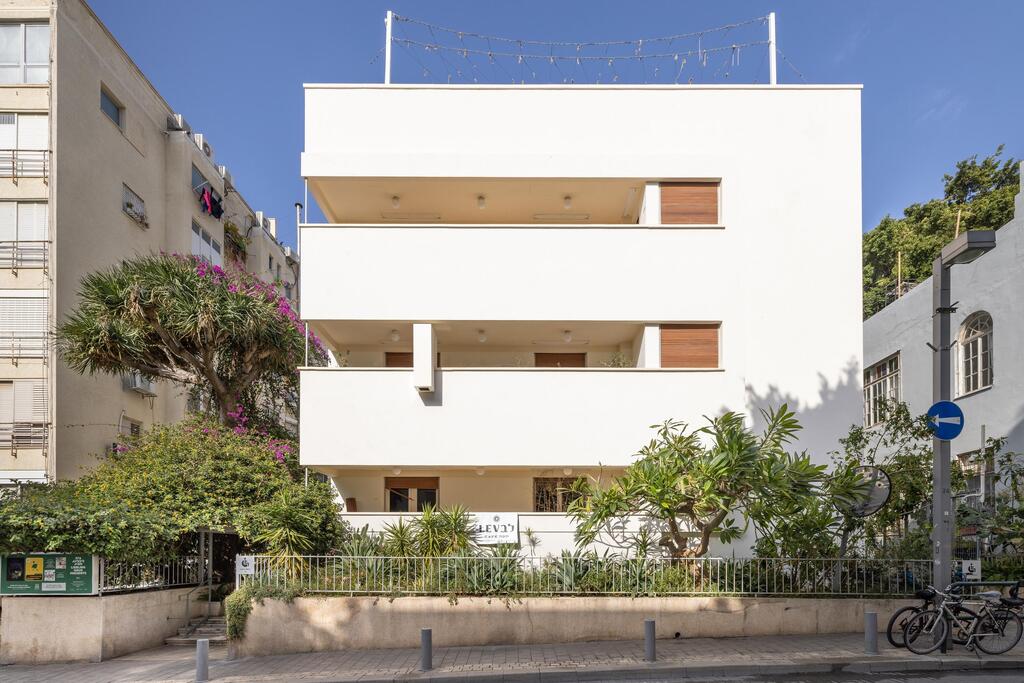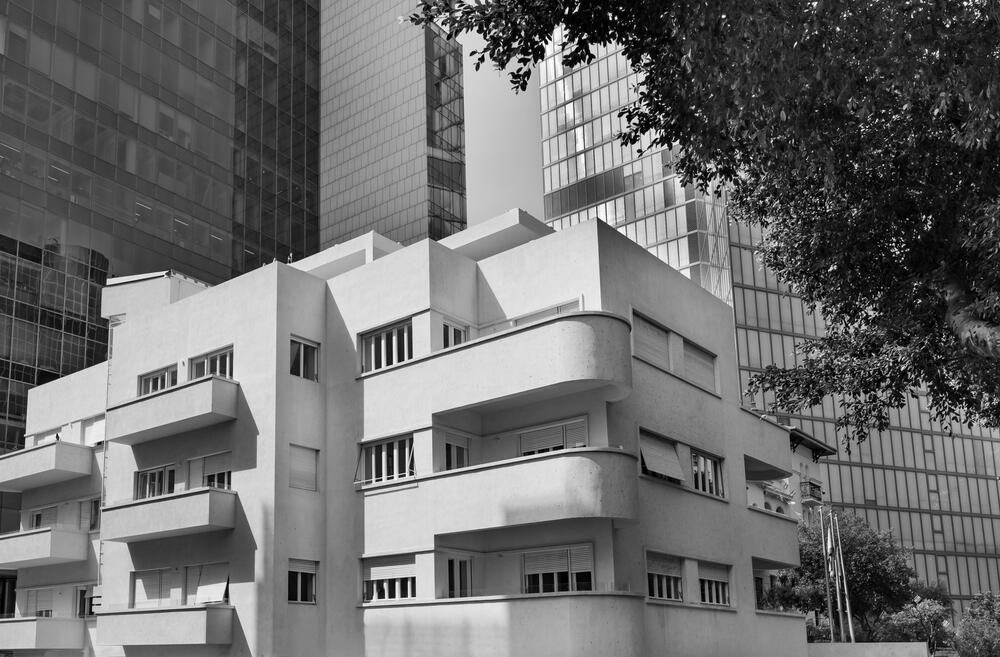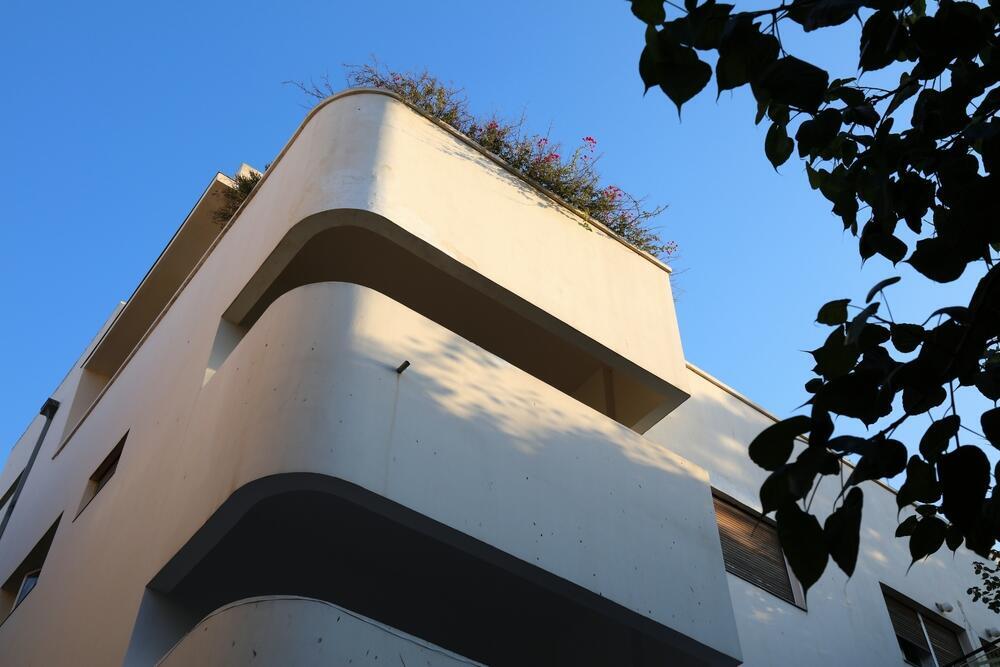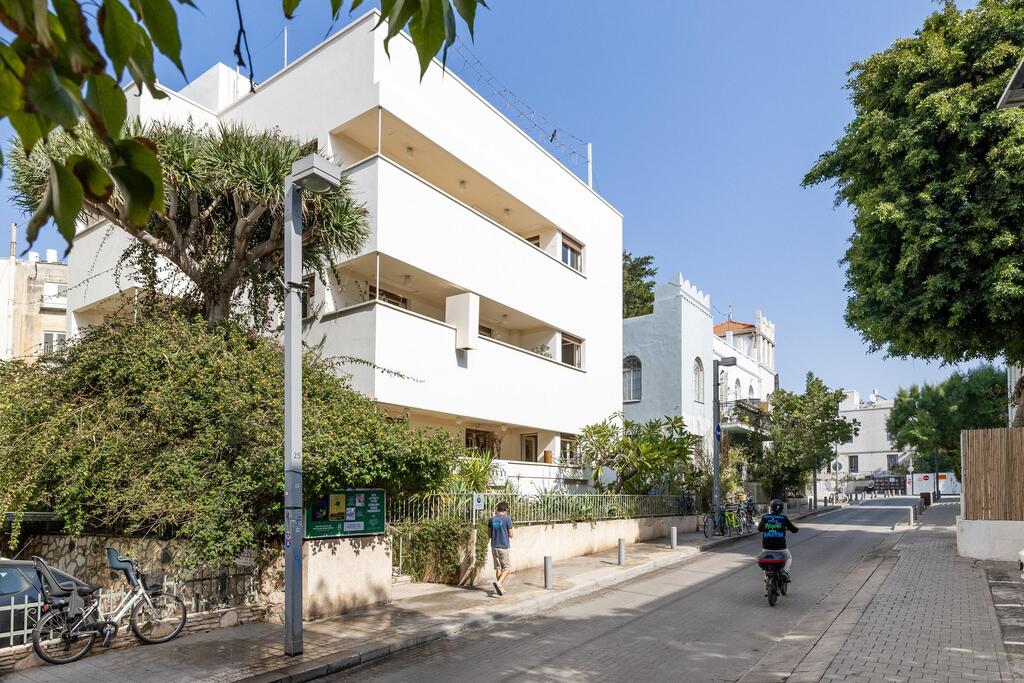The White City, a renowned district in Tel Aviv, has garnered widespread acclaim, culminating in its designation as a UNESCO World Heritage site for preservation two decades ago.
More stories:
The White City has gained significant attention through numerous events and activities, attracting tourists from the world over who visit Israel especially to explore the city's remarkable collection of Bauhaus buildings.
However, the White City has also been the target of criticism regarding the deteriorated condition of some of its buildings that have long lost their white shine. Furthermore, the city encounters challenges in its development due to strict preservation restrictions, which hinder modernization efforts in the area.
A new exhibition called Oppositions, which opened in mid-June in Tel Aviv, shares a different perspective on the issue. The exhibition, curated by architect Sabrina Cegla, presents the conflicts that have arisen since UNESCO declared the White City a World Heritage site 20 years ago.
The works exhibited in the show mainly address the mechanism of preserving the buildings in Tel Aviv and the existing conflict between preserving the historical buildings and the tension between private interests and public interests toward the site.
"In a time when Tel Aviv undergoes intense construction, renewal and development projects, and civil oppositions are widespread in Israel, the exhibition seeks to examine the creative potential hidden in the conflicts and tensions arising around the planning and preservation of this heritage," Cegla describes in the text displayed at the entrance to the exhibition.
The exhibits, which will be on show until December 30, 2023, are the product of a five-month program that dealt with questions such as whether the historical preservation of a space safeguards social values, who decides what’s important to preserve, who benefits from it, the impact of preservation on Tel Aviv and what its future holds.
These questions are reflected in the artworks presented in the exhibition, which aims to raise awareness and open them up for public discussion.
The program was part of a study that examines the challenges arising from conservation policies, mainly in sites declared by UNESCO as World Heritage Sites.
The study was conducted in collaboration with the Technion Faculty of Architecture and Town Planning’s Planning Policy Lab.
"At the heart of the exhibition, forms of resistance are presented as an expression of conflicts related to the preservation and development of urban spaces. Through the various perspectives presented in it - from academic research to a variety of artistic practices (photography, video, sculptures)- the exhibition seeks to expand the concept of resistance," adds Cegla.
Perhaps this is the place to expand on the uniqueness of the International Style, also known as Bauhaus. The proponents of the style, which developed at the Bauhaus school in Germany, emphasized a cheap and simple approach to construction, in response to social and economic issues following World War I.
Among its prominent principles are the universality and uniform appearance of the buildings, hence the predominant use of white color, wide horizontal windows and protruding balconies.
The White City is the nickname given to several neighborhoods in Tel Aviv following the characteristic white color of the Bauhaus style prevalent in them. The area, which developed mainly in the late 1920s, experienced a construction boom influenced mainly by Aliyah waves from Germany and the socialist mindset that characterized the Yishuv in pre-state Israel.
These factors led planners to adopt the International Style and adapt it to the local climate conditions. Among the notable public buildings associated with the style, are the Esther Cinema and the Dizengoff House, where David Ben-Gurion declared Israel’s establishment. Most of the buildings were intended for residential purposes.
Rapid construction based on concrete casting, a durable and accessible material, along with the simplicity and modesty that characterize the Bauhaus style, and were suited for early Israel’s Zionist sentiments.
In less than 20 years, over 4,000 modernist buildings were constructed in Tel Aviv, making it the largest collection of modernist buildings in the world. The quantity and density of these buildings were the main reasons for UNESCO's declaration of Tel Aviv as a World Heritage Site in July 2003.
Another reason has to do with the unique combination that emerged between the style and its principles in Israel to the geographical and cultural context of the country. UNESCO's declaration led Tel Aviv to join only seven other modern cities in the world and recognized the value of preservation and its tourism and cultural benefits.
As a result, the Tel Aviv Municipality began imposing building restrictions and design guidelines in the area to preserve the Bauhaus style's characteristics and the city’s historical value.
However, UNESCO’s declaration also led to a meeting between officials from the city’s municipality, and the public who opposed the continued conservation. "The meeting that took place in 2003 formed into a clash between property rights and individual freedom on the one hand, and the common good on the other,” Cegla explains.
“It marked a moment of negotiation and discussion on values, interests, and norms that influenced Tel Aviv’s urban space," she adds.
Such negotiations and discussions usually take place in the planning process after a specific plan intended for construction is published, known as the opposition stage, from which the exhibition took its name.
During this stage, any interested party in the project, in this case, the Tel Aviv Municipality, is allowed to express their opposition to the plan and the reasons behind it.
Therefore, alongside artistic expressions of opposition created by the participants in the exhibition, excerpts from the 2003 opposition phase are also presented.


